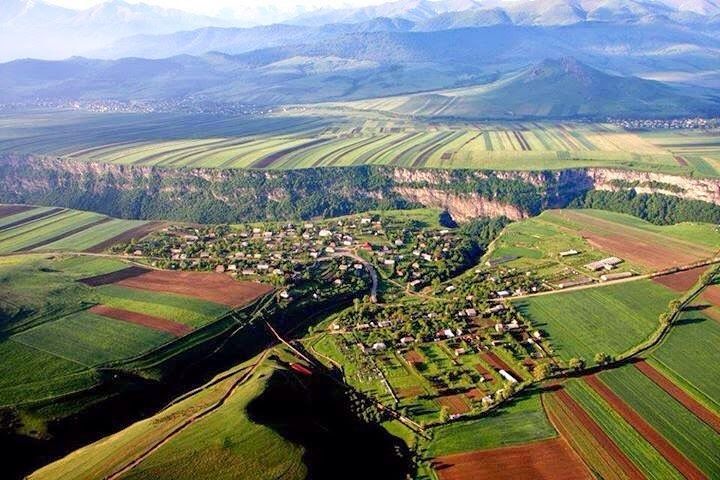Yaghdan: The last Greek village in Armenia
 •
by
•
by Rodica Bostanica
Armenia is one of the most monoethnic states in the world, where only 2.5-3 percent of the population isn’t ethnic Armenian. Of the ethnic minorities that do exist in Armenia, the Greek community is unique because it has existed here for 350 years.
During the second half of the 18th century, close to 800 Greek families moved from the Ottoman Empire’s Gyumushan region and established themselves in the present-day city of Akhtala in the province of Lori and the surrounding regions. The Greeks were considered specialists in mining and for that reason they moved to these areas. In later years, some of them moved to the mining regions of Hankavan and Kapan, thereby spreading their knowledge of mining throughout Armenia.
The number of Greeks in Armenia severely dropped after the 1988 earthquake. The Greek government invited over 300 Greek children, whose homes were damaged during the earthquake, to Greece. After staying in Greece for six months, when the children returned to Armenia in May 1989, they, along with their families and other Greeks from the village of Yaghdan and other areas affected by the earthquake, returned back to Greece for good.
Today, there are 209 homes in Yaghdan, 89 of which are inhabited, while the others are empty and are already slowly decaying. Of those 89 homes, only 36 families are natives of Yaghdan; the rest have come from the surrounding areas, even from Yerevan, Vanadzor, and Alaverdi. In the 1990s, during the cold and dark years, people were moving from the cities to the villages.
The residents of Yaghdan are primarily occupied with dairy farming and agriculture, cultivating potatoes.
A Greek village has also been preserved in Nagorno-Karabakh: the village of Mehmana in the region of Martakert, where several Greek families continue to live.
Today around 615 families, 1200 Greek- Armenians live in Yerevan.



Comments
i didn't know that besides Yezidis, Molokans Jews in Armenia live Greek's community. As usual informative. 🙂